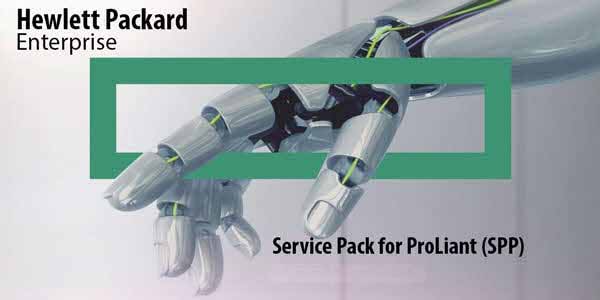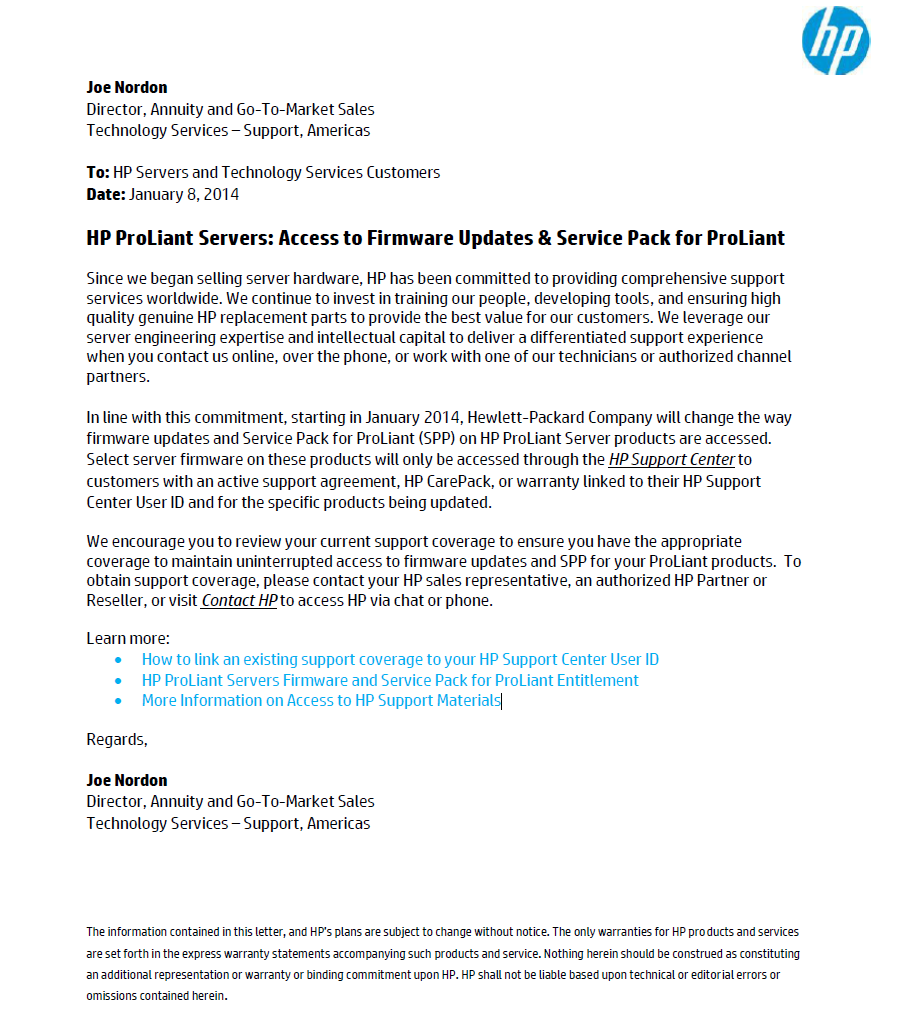
SExecute = WshShell.Run(sSetupCommand,1,True) Set WshShell = WScript.CreateObject("WScript.Shell") SSetupCommand = "hpsum.bat /use_wmi /use_latest /logdir C:\HPSPPLogs /silent" This can be accomplished by using the following script: Dim sSetupCommand Since HP has decided to go their own way when it comes to exit codes, we need to have a wrapper interpreting the return codes from the installation. Move all of the contents of G:\HP\swpackages to the location in the Content Library. In my lab environment, I’ll be using the following location for the HP SPP files: Now that we have the files we need, it’s time to move them to the Content Library on your Primary Site server (or wherever your Content Library is located). It’s still a lot of data, and perhaps there could be some more cleaning done, but I’ll leave that up to each of you to decide on that. The orginal size of 3GB+ has now been decreased to about 1.2GB instead. When you run the command above, you’ll remove all of the unnecessary files that we won’t be needing when deploying the HP SPP for Windows servers. Open an elevated PowerShell console and run the following command: Get-ChildItem -Path G:\HP\swpackages -Recurse -Include *.rpm, *.scexe | Remove-Item -Force

Once you have downloaded the ISO, mount it and copy the folder below and all of its contents to a folder of your liking. Since the servers that will be deployed with ConfigMgr needs to download all the content in the package that we’ll create later, it would be wise to keep the data to a minimum. Cleanup HP SPPĪs in this post I’ll be focusing on using the HP SPP for Windows Server deployments, and for that we don’t need all the linux-based files that comes along as well.


If you don’t have an account yet, it’s a pretty fast sign-up process. You’d need to login to be able to download the ISO. OverviewĪs of writing this post, the latest version of HP SPP is 2014.02 and can be downloaded from the link below. As I’ve only worked with Dell servers before (it’s kind of fun that I’ve not come in contact with HP servers managed with ConfigMgr up until now), I’m used to use the DRM (Dell Repository Manager). If you’ve ever worked with HP ProLiant servers before, you’re probably familiar with the HP Service Pack for ProLiant (HP SPP).


 0 kommentar(er)
0 kommentar(er)
